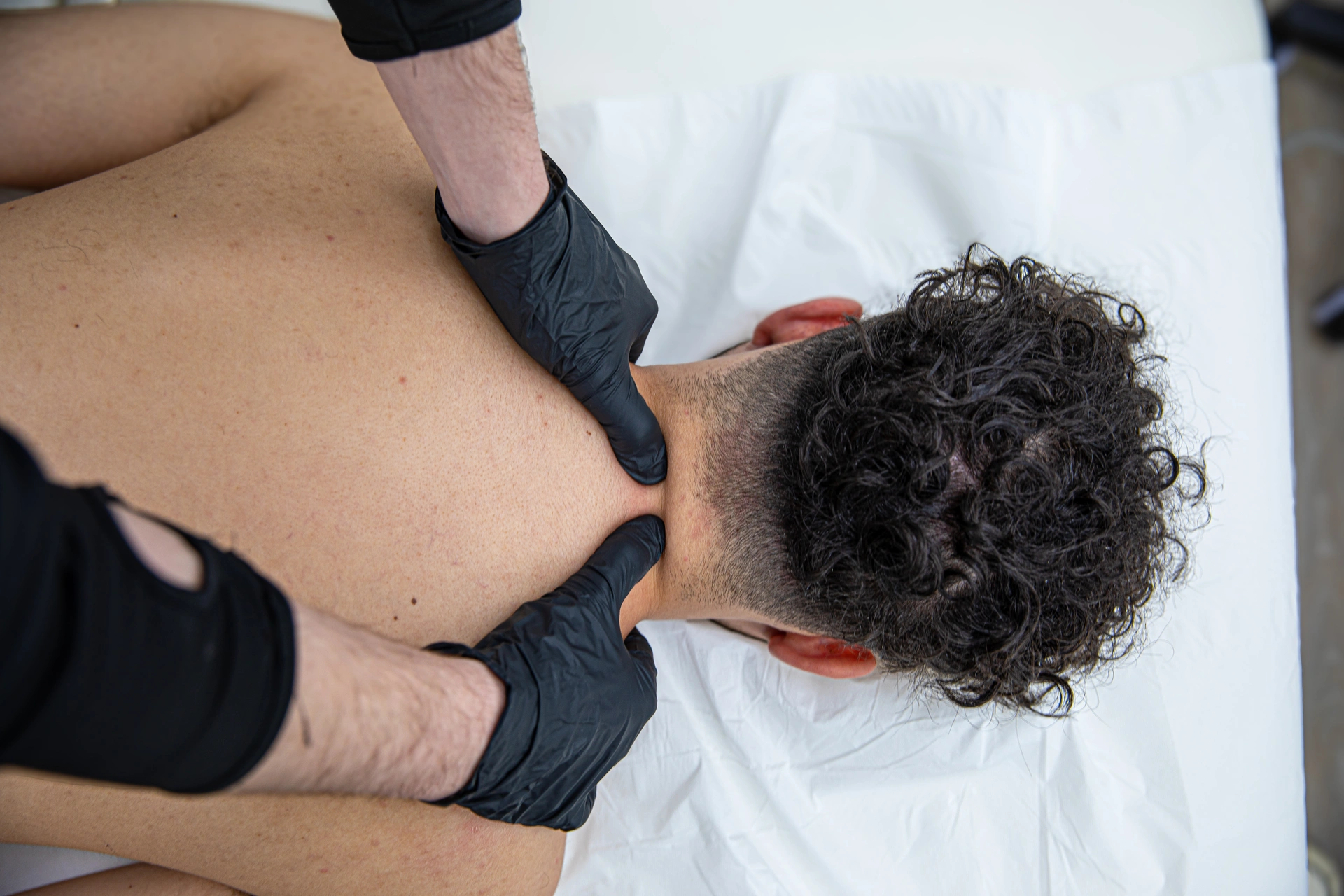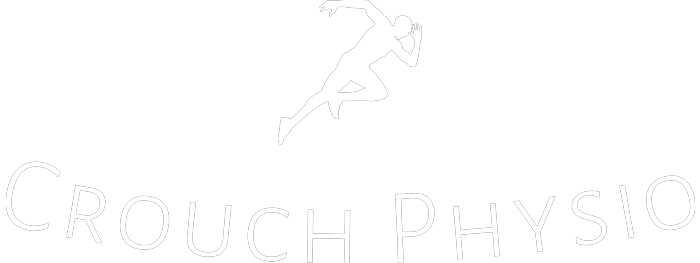Back & Neck Pain
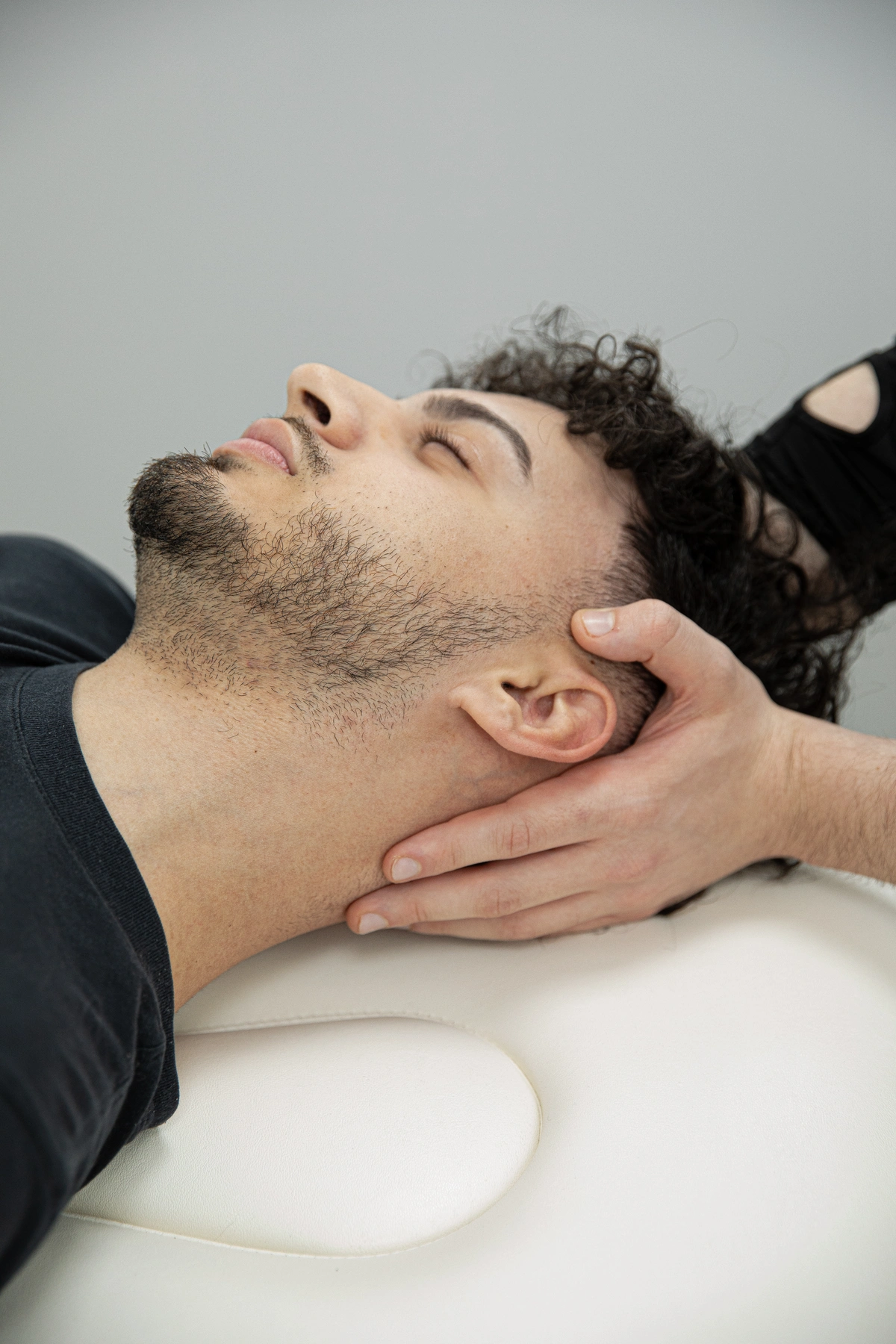
What is Back & Neck Pain?
Neck and back pain are common musculoskeletal complaints that can significantly impact an individual’s quality of life. They can range from mild discomfort to severe, debilitating pain.
Description of Neck and Back Pain:
- Neck Pain: Pain located in the cervical spine region, which includes the seven vertebrae starting from the base of the skull to the upper torso.
- Back Pain: Pain located in the thoracic, lumbar, or sacral regions of the spine. It can be localized to one area or radiate to other parts of the body, such as the buttocks or legs.
Causes
- Muscle Strain: Overuse/weakness, poor posture, or sudden movements can strain the muscles and ligaments supporting the spine.
- Disc Herniation: The gel-like material inside a spinal disc can bulge or rupture, putting pressure on nearby nerves and causing pain.
- Degenerative Conditions: Conditions like osteoarthritis and degenerative disc disease can lead to gradual wear and tear of the spine, resulting in pain.
- Trauma or Injury: Accidents, falls, or sports injuries can damage the structures of the spine, leading to pain.
- Spinal Stenosis: Narrowing of the spinal canal can compress the spinal cord and nerves, causing pain, numbness, and weakness.
- Poor Posture and Ergonomics: Prolonged sitting, improper lifting techniques, or using poorly designed workstations can strain the neck and back muscles.
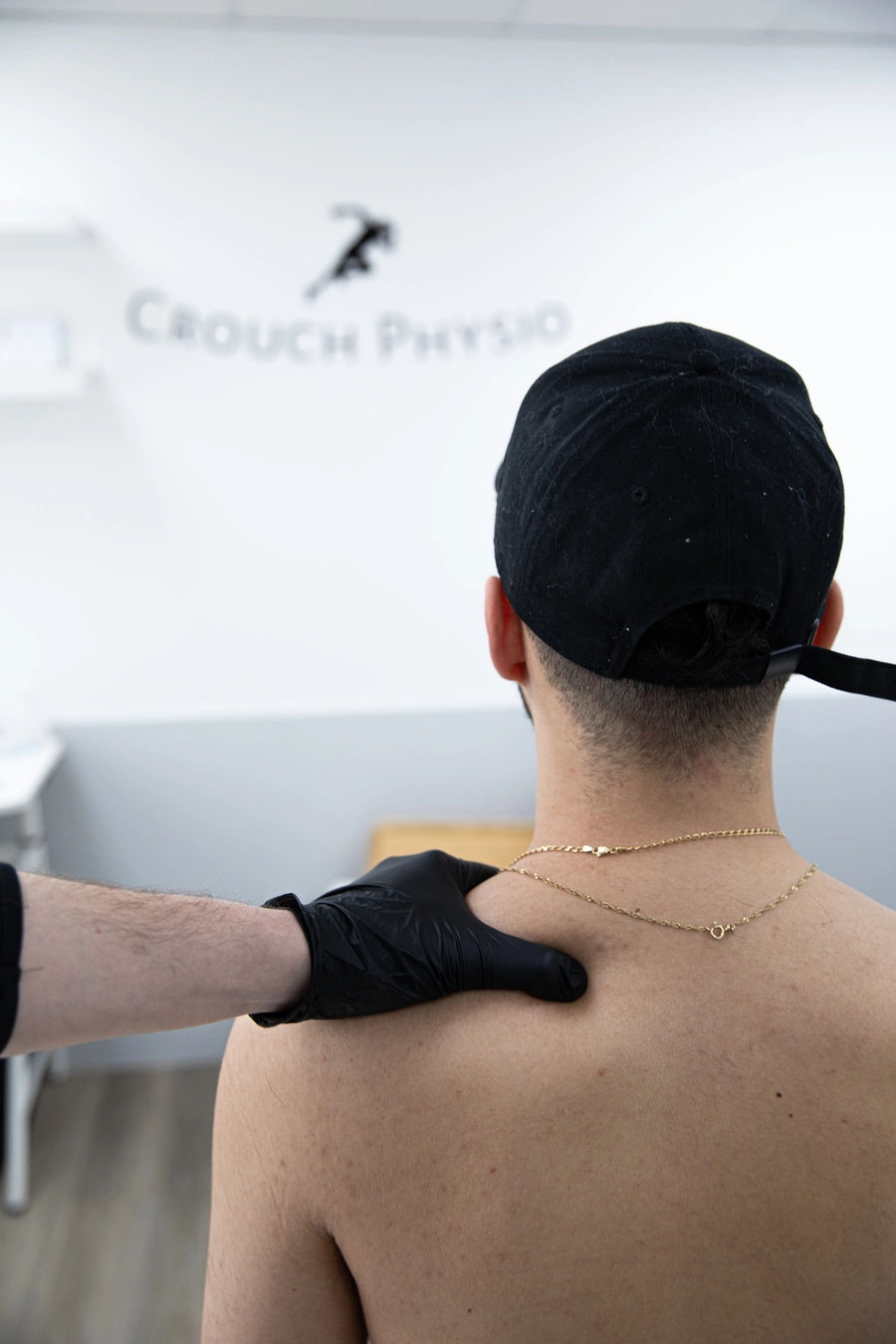
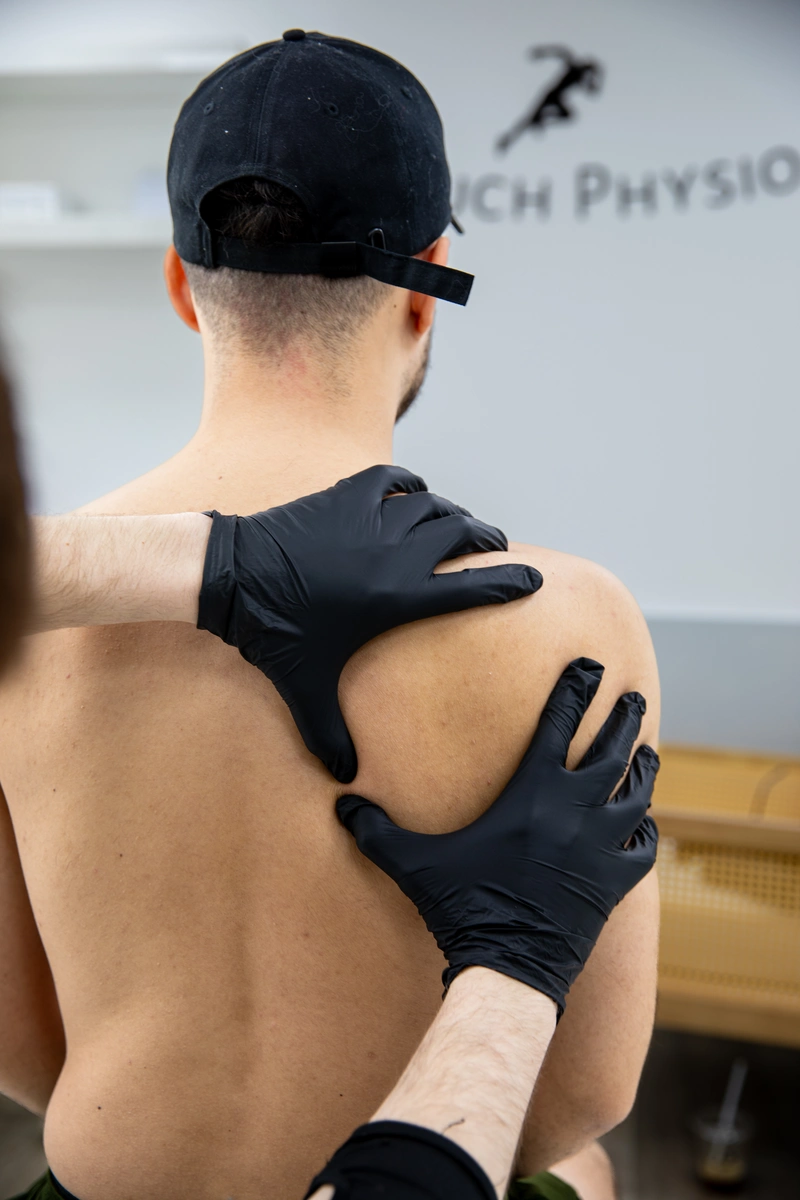
Assessment by a Physiotherapist
- History Taking: The physiotherapist will inquire about the onset, duration, and characteristics of the pain, as well as any contributing factors or aggravating activities.
- Physical Examination: This may include assessing posture, range of motion, muscle strength, and neurological function to identify any underlying issues.
- Special Tests: Depending on the suspected cause of pain, the physiotherapist may perform specific tests such as palpation, spinal mobility tests, or nerve tension tests.
- Diagnostic Imaging: In some cases, imaging tests like X-rays, MRI, or CT scans may be ordered to further evaluate the spine's structure and rule out serious conditions.
Treatment Methods
- Manual Therapy: Techniques such as spinal manipulation, mobilisation, soft tissue massage, and stretching can help alleviate pain and improve joint mobility.
- Exercise Prescription: Tailored exercises focusing on strengthening core muscles, improving flexibility, and correcting posture can help alleviate pain and prevent recurrence.
- Postural Correction: Education on proper ergonomics and techniques for lifting, sitting, and standing can help prevent further strain on the neck and back.
- Modalities: Heat therapy, ice packs, ultrasound, electrical stimulation, and traction may be used to relieve pain, reduce inflammation, and promote healing.
- Education and Lifestyle Modification: Providing information on lifestyle changes, stress management techniques, and ergonomic adjustments can empower individuals to manage their pain more effectively.
- Pain Management Techniques: Techniques such as relaxation training, biofeedback, and cognitive-behavioural therapy can help individuals cope with chronic pain and improve overall well-being.
Treatment plans are typically individualised based on the specific needs and goals of each patient. It’s important for individuals experiencing neck and back pain to seek professional assessment and guidance from a qualified physiotherapist or healthcare provider for proper diagnosis and management.
